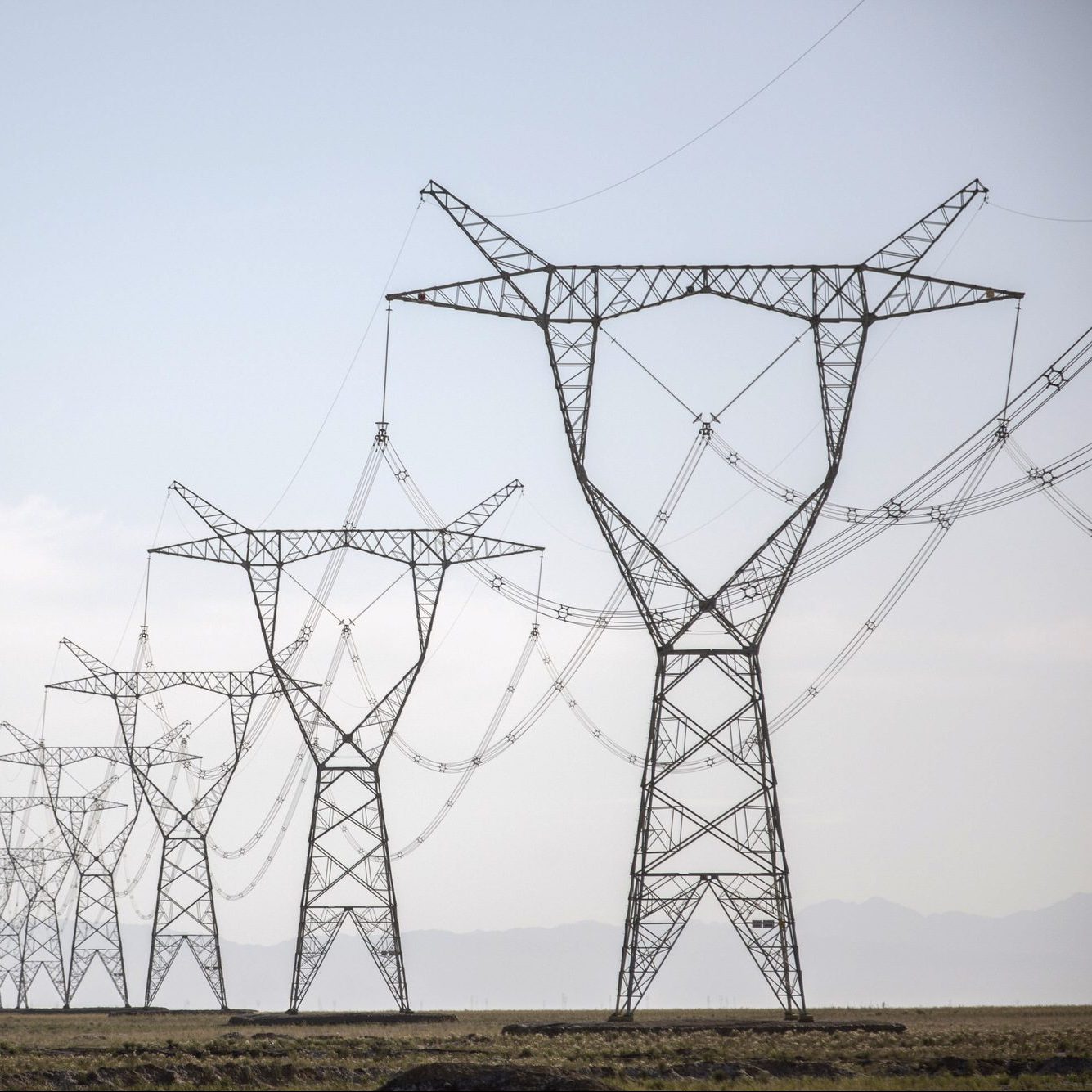Methane, the primary component of natural gas, has 34 times the heat-trapping strength of CO2, making methane’s uncontrolled release from oil and gas operations a major contributor to climate change. But with advancements in technology and infrastructure, non-federal actors like states and utility companies can develop innovative solutions to limit methane leaks and reduce emissions from oil and gas.
Oil & Gas Methane
Stop methane leaks at the wellhead
Recent studies have shown that methane leaks from oil and natural gas are far more common than previously estimated. But simple leak detection and repair strategies can cut over 40% of these emissions – which is exactly how state governments can work to cut methane leaks from the pipelines producing oil and gas.
Case Study
Pennsylvania Adopts Permitting Measures for New Well Sites to Limit Methane Emissions
As the second-highest gas producer in the country, Pennsylvania has a major role to play in limiting methane emissions. Thankfully, Governor Tom Wolf recognizes the need to minimize methane leaks and has taken measures to lead on the issue. He’s enacted general permit conditions for new well sites and emissions sources to help prevent tons of methane emissions from escaping into the atmosphere and demonstrate that methane solutions are both cost-effective and politically feasible.

Reduce methane leaks in cities
Natural gas distribution infrastructure is located underground in cities, making the detection and mitigation of methane leaks extremely difficult. But innovative technologies, improved partnerships, and advanced analytic methods can help non-federal actors become key drivers of reducing methane emissions from natural gas distribution site leaks.

Case Study
PSE&G Develops Advanced Leak-Detection Methods to Reduce Urban Methane Emissions
Using advanced analytics and leak data collected by Google Street View vehicles outfitted with methane detection sensors, PSE&G – New Jersey’s largest natural gas utility – was able to detect and repair its highest-emitting leaks more efficiently than traditional survey and repair methods, leading to an 83% reduction in methane emissions.
